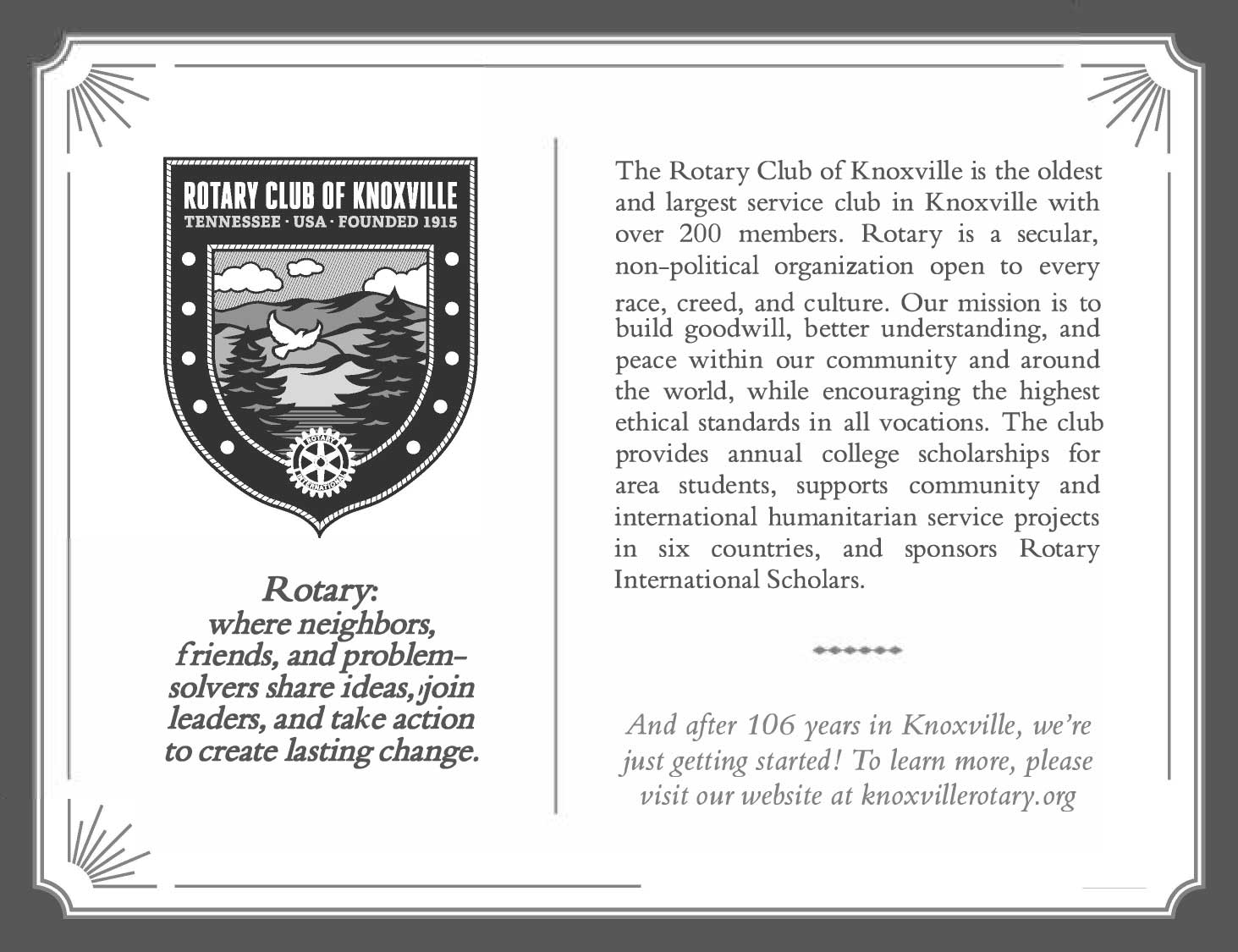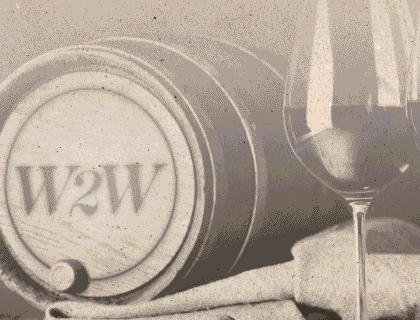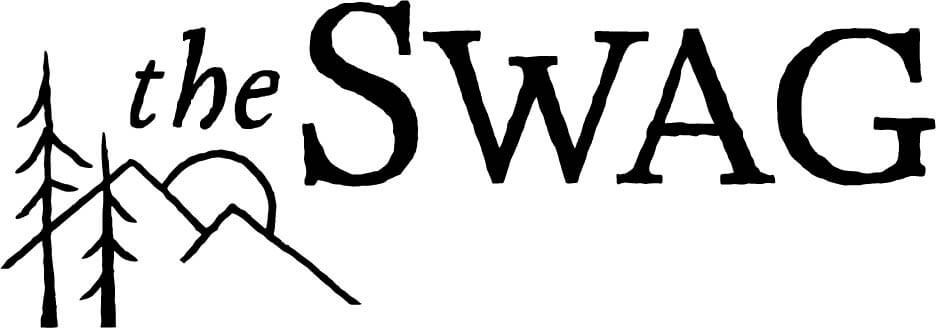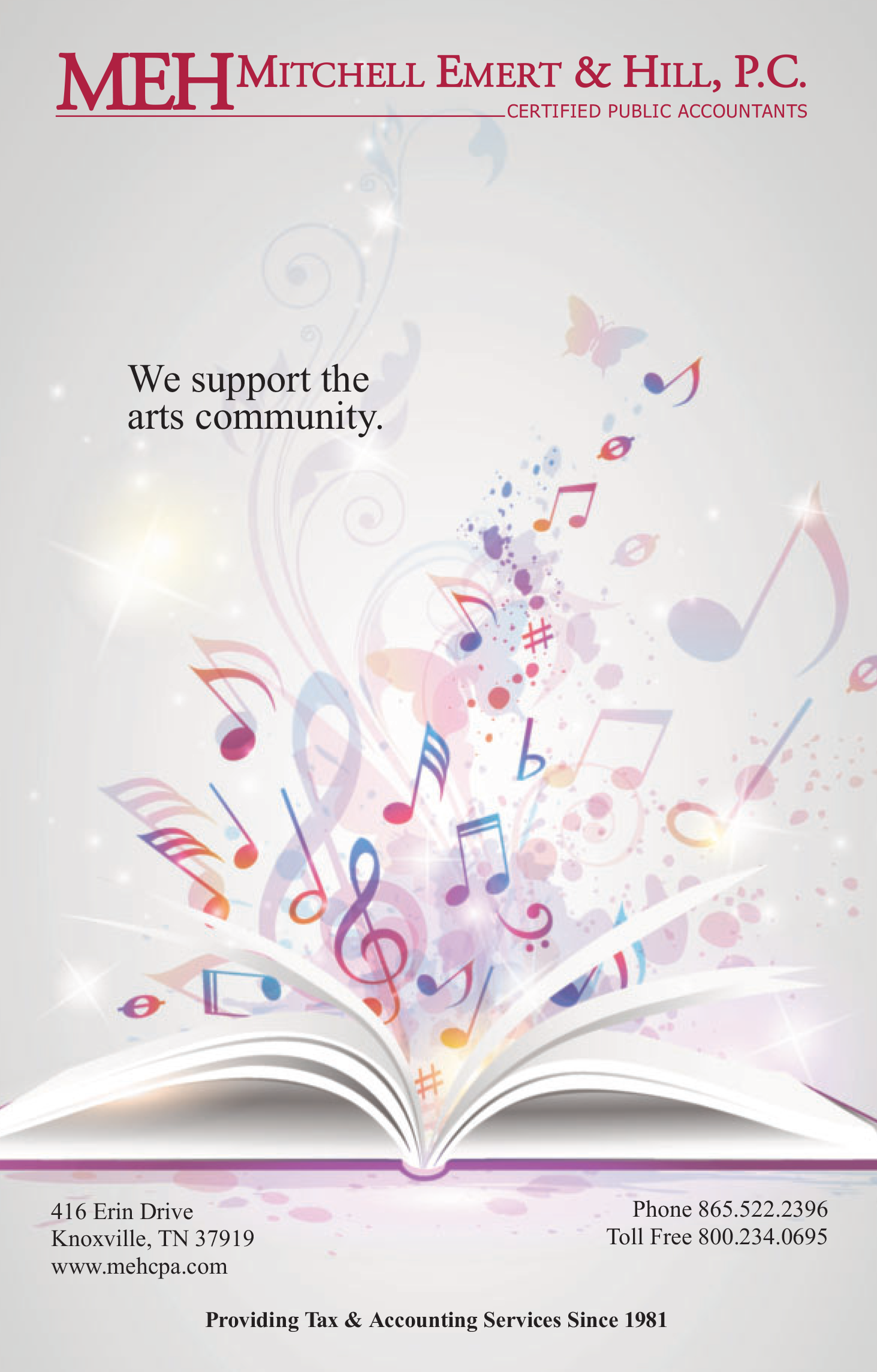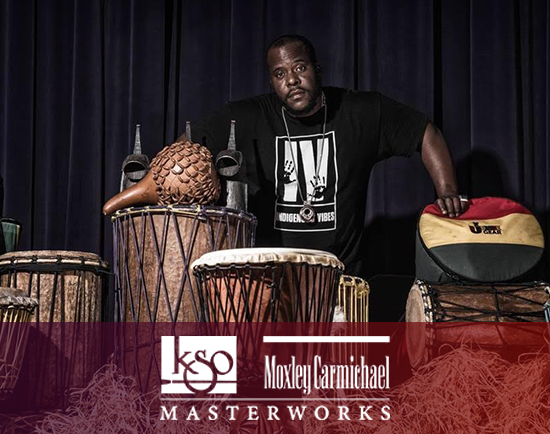
Drums: A Symphonic Poem (ca. 1942)
James P. Johnson was born in New Brunswick, New Jersey, on February 1, 1894, and died in Jamaica, Queens, New York, on November 17, 1955. Drums is scored for two flutes (2nd doubling piccolo), two oboes (2nd doubling English Horn), three clarinets (3rd doubling bass clarinet), two bassoons, four horns, three trumpets, two tenor trombones, bass trombone, tuba, timpani, percussion, and strings. Approximate performance time is ten minutes.
James P. Johnson, known as the Father of Stride Piano, was a musician who served as an important and influential bridge from the ragtime to jazz eras. A virtuoso pianist, Johnson shined both as a soloist and as an accompanist for such singers as Bessie Smith and Ethel Waters. Numerous jazz pianists, including “Fats” Waller, Duke Ellington, and Count Basie, were greatly influenced by Johnson’s keyboard brilliance and style.
A prolific composer, James P. Johnson’s popular songs include the iconic “The Charleston,” and “If I Could Be With You One Hour Tonight.” Johnson composed for musical reviews and motion pictures. Johnson also wrote numerous works for the concert stage and opera house, including symphonies, orchestral tone poems, concertos, ballets, operas, and chamber pieces. Among Johnson’s concert works is the orchestral symphonic poem Drums, a thrilling synthesis of jazz and classical music.
Program notes by Ken Meltzer
SABAR: Concerto for African Drums & Orchestra (2000)
James DeMars was born in 1952. The first performance of Sabar took place in 2000, with Robert Moody conducting the Phoenix Symphony Orchestra. Sabar is scored for African Drum Ensemble (Senegalese “Sabar” ensemble) (mbung, tungone, talmbat, lambe, n’der), piccolo, two flutes, two oboes, English horn, E-flat clarinet, B-flat clarinet, bass clarinet, two bassoons, contrabassoon, four horns in F, three trumpets in C, two trombones, bass trombone, tuba, timpani, three percussion, harp (amplified: speaker next to harpist), and strings. Approximate performance time is twenty-five minutes.
James DeMars’s distinguished career spans the worlds of performance (conductor, pianist), composition, and education. An Emeritus Professor of Arizona State University School of Music in Tempe, DeMars received his doctorate from the University of Minnesota, where he studied with Dominick Argento. DeMars frequently performs his own compositions, both in his capacity as conductor and pianist. DeMars conducted the national premiere of his An American Requiem at the Kennedy Center for the Performing Arts in Washington, D.C. He also conducted An American Requiem in nationally-televised performances at the Cathedral of St. John the Divine in New York. DeMars led the work’s European premiere in Paris, where he was inducted into the French Order of Arts and Letters.
Compositions by James DeMars have been commissioned and performed by such ensembles as the Phoenix Symphony, I Solisti di Zagreb, the Brooklyn Philharmonic, the Philadelphia Orchestra, the Buffalo Philharmonic, and the Chicago Sinfonietta. Many of DeMars’ works focus on integrating world music with various classical traditions. One such composition is Sabar, Concerto for African Drum Ensemble and Orchestra. The work was commissioned by the National Endowment for the Arts and the Phoenix Symphony. In 2000, the Phoenix Symphony and conductor Robert Moody presented Sabar’s world premiere.
The multi-movement Sabar combines a Senegalese drum ensemble with dancers and a symphony orchestra. The composer describes Sabar as “a work that would integrate the musicians of two cultures to celebrate a new millennium.” After the premiere of Sabar, the Arizona Republic reported: “DeMars brings the orchestra into direct union with ritual music and dance from Senegal in a sonic travelogue, that was stunningly entertaining as well as culturally convincing.”
Program notes by Ken Meltzer
Black, Brown and Beige: Suite (1943)
Duke Ellington was born in Washington, D.C., on April 29, 1899, and died in New York on May 24, 1974. The first performance of Black, Brown and Beige took place at the Carnegie Hall in New York City on January 23, 1943, with the composer conducting the Duke Ellington Orchestra. Black, Brown and Beige is scored for two flutes, piccolo, alto flute, two oboes, two clarinets, bass clarinet, alto saxophone, baritone saxophone, two bassoons, contrabassoon, four horns, three trumpets, three trombones, tuba, timpani, percussion, harp, jazz bass, and strings. Approximate performance time is eighteen minutes.
Duke Ellington created Black, Brown and Beige for his January 23, 1943, Carnegie Hall debut. In Black, Brown and Blue, Ellington offers a musical narrative the American composer, pianist, and bandleader had been contemplating for some time. The work depicts the African Americans’ experience—from slavery, to emancipation, to the discovery of the music expressing their journey and struggles, the blues. In Black, Brown and Beige, Ellington offers a brilliant fusion of popular and classical influences, with beguiling melodies and rhythms couched in rich and evocative instrumental colors.
The Black, Brown and Beige concert Suite comprises the Black section of Ellington’s complete work. It, in turn, has three episodes, played without pause. First is Work Song, a depiction of the African Americans’ labor while in slavery. Come Sunday evokes the African American spiritual. This section is often featured independently in concert, both in instrumental form and with sung lyrics. The concluding, upbeat Light recalls the previous episodes.
Program notes by Ken Meltzer
Boléro (1928)
Maurice Ravel was born in Ciboure, Basses-Pyrénées, France, on March 7, 1875, and died in Paris, France, on December 28, 1937. The first performance of Boléro took place at the Paris Opéra on November 22, 1928, with Walther Straram conducting. Boléro is scored for piccolo, two flutes, two oboes, oboe d’amore, English horn, two clarinets, E-flat clarinet, bass clarinet, two bassoons, contrabassoon, sopranino saxophone, soprano saxophone, tenor saxophone, four horns, three trumpets, piccolo trumpet, three trombones, tuba, timpani, two snare drums, cymbals, tam-tam, bass drum, celesta, harp, and strings. Approximate performance time is thirteen minutes.
French composer Maurice Ravel was far from complimentary about his Boléro, one of the most hypnotic and popular works in all of concert music. In an interview that appeared in the July 11, 1931, edition of London’s The Daily Telegraph, M. D. Calvocoressi “asked Ravel whether he had any particular remarks to offer on his Boléro, which had been made the subject of heated discussions in England as elsewhere.” The composer responded:
Indeed I have. I am particularly desirous that there should be no misunderstanding about this work. It constitutes an experiment in a very special and limited direction, and should not be suspected of aiming at achieving anything different from, or anything more than, it actually does achieve. Before its first performance, I issued a warning to the effect that what I had written was a piece lasting seventeen minutes and consisting wholly of “orchestral tissue without music”—of one long, very gradual crescendo. There are no contrasts, and there is practically no invention except the plan and the manner of its execution.
Ravel also once commented to fellow composer Arthur Honegger: “I have written only one masterpiece. That is the Boléro. Unfortunately, it contains no music.”
Despite these comments, it is clear that Ravel was not entirely dismissive of his achievements in Boléro. The composer told more than one interviewer that it was only in Boléro that “I completely succeeded in realizing my ideas.” Ravel also exhibited a strong proprietary concern for the manner in which other conductors interpreted the piece. Ravel criticized the great Italian maestro Arturo Toscanini for taking what the composer viewed as an overly fast tempo during a 1930 Paris concert. Likewise, Ravel insisted on being present when conductor Piero Coppola recorded Boléro that same year. Coppola recalled that Ravel, “was afraid that my Mediterranean temperament would overtake me, and that I would rush the tempo.” Toward the conclusion of the piece, when Coppola “increased the tempo by a fraction,” “Ravel jumped up, came over and pulled at my jacket: ‘not so fast,’ he exclaimed, and we had to begin again.”
Ravel composed Boléro at the request of his friend, the dancer Ida Rubinstein. Ravel first intended to transcribe six pieces from Isaac Albéniz’s Iberia. While at work on the project, Ravel learned that Enrique Fernández Arbós had already orchestrated Iberia and that further copyright laws prohibited any other transcriptions. Arbós graciously agreed to relinquish his exclusive rights to Iberia, but Ravel instead decided to compose an original work. He initially called his new ballet Fandango, subsequently changing the title to Boléro. Ravel completed the ballet in five months’ time.
The premiere of Boléro took place at the Paris Opéra on November 22, 1928, with Rubenstein dancing the lead role. Ravel conducted the Lamoureux Orchestra in the first concert performance, which occurred on January 11, 1930.
The ballet scenario for Boléro takes place in a Spanish Inn. A woman surrounded by male admirers dances seductively on a table. As the dance continues, the passions of the woman and her entourage increase. The men accompany the woman’s fiery dance with the clapping of hands and stamping of feet. Toward the conclusion, a violent quarrel breaks out among the men.
Program notes by Ken Meltzer







